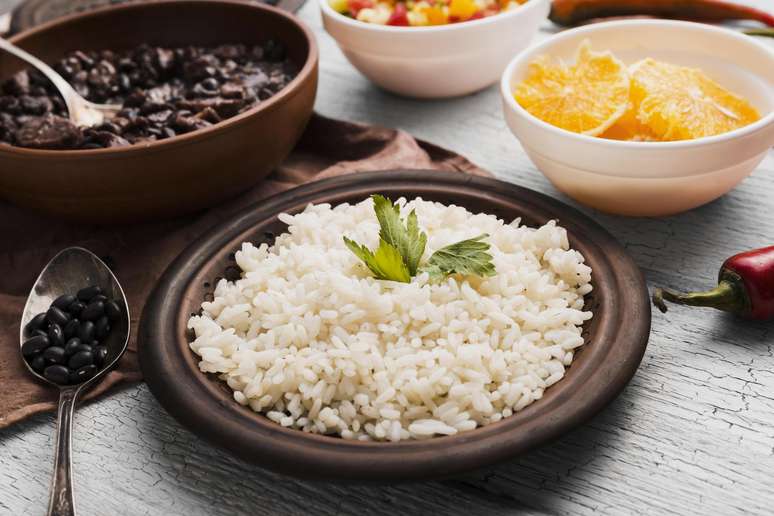Understanding what types of fats make up our body is essential to knowing how to best deal with this substance seen as the “bad guy” of being overweight
Fat is not always bad. In fact, fat is an essential element for the body. A healthy diet should consist partly of fats, as this allows the body to produce energy and it is easier to absorb vitamins important for the body.
Types of Fat
Therefore it is important to identify the types of fat present in the human body:
- Essential: present in cell membranes and organs.
- White: functions as an energy reserve, but can be harmful if there is too much of it in the body. Most common type in overweight people.
- Brown: it works as a sort of thermal blanket to produce heat, preventing drops in body temperature.
- Beige: a type of fat that, like brown fat, burns calories to produce heat. It originates from white fat.
- Subcutaneous: Gets under the skin. Difficult to remove, although less harmful to health.
- Visceral: It is behind the muscles, near the organs. It can contribute to cardiovascular disease.
Of these types of fat, two stand out positively: brown fat and beige fat.
Brown fat is present in newborns and serves to maintain heat levels in the human body. It burns calories quickly by generating heat. In the first years of life, the body exchanges this type of fat for common fat. But experts point out that exercise contributes to the formation of brown fat.
Beige fat also helps maintain body temperature and helps burn unwanted calories. Interestingly, beige fat originates from white fat. The scientific community is betting on the manipulation of brown and beige fats to help treat overweight, obese and diabetic people.

5 habits to lose weight in a healthy way
Source: Terra
Ben Stock is a lifestyle journalist and author at Gossipify. He writes about topics such as health, wellness, travel, food and home decor. He provides practical advice and inspiration to improve well-being, keeps readers up to date with latest lifestyle news and trends, known for his engaging writing style, in-depth analysis and unique perspectives.









